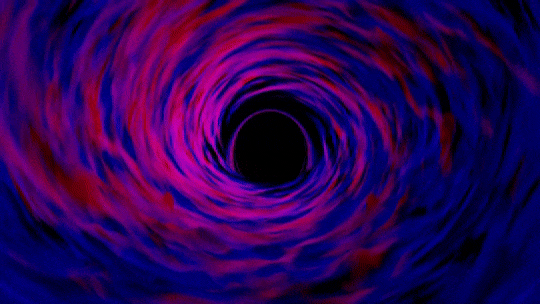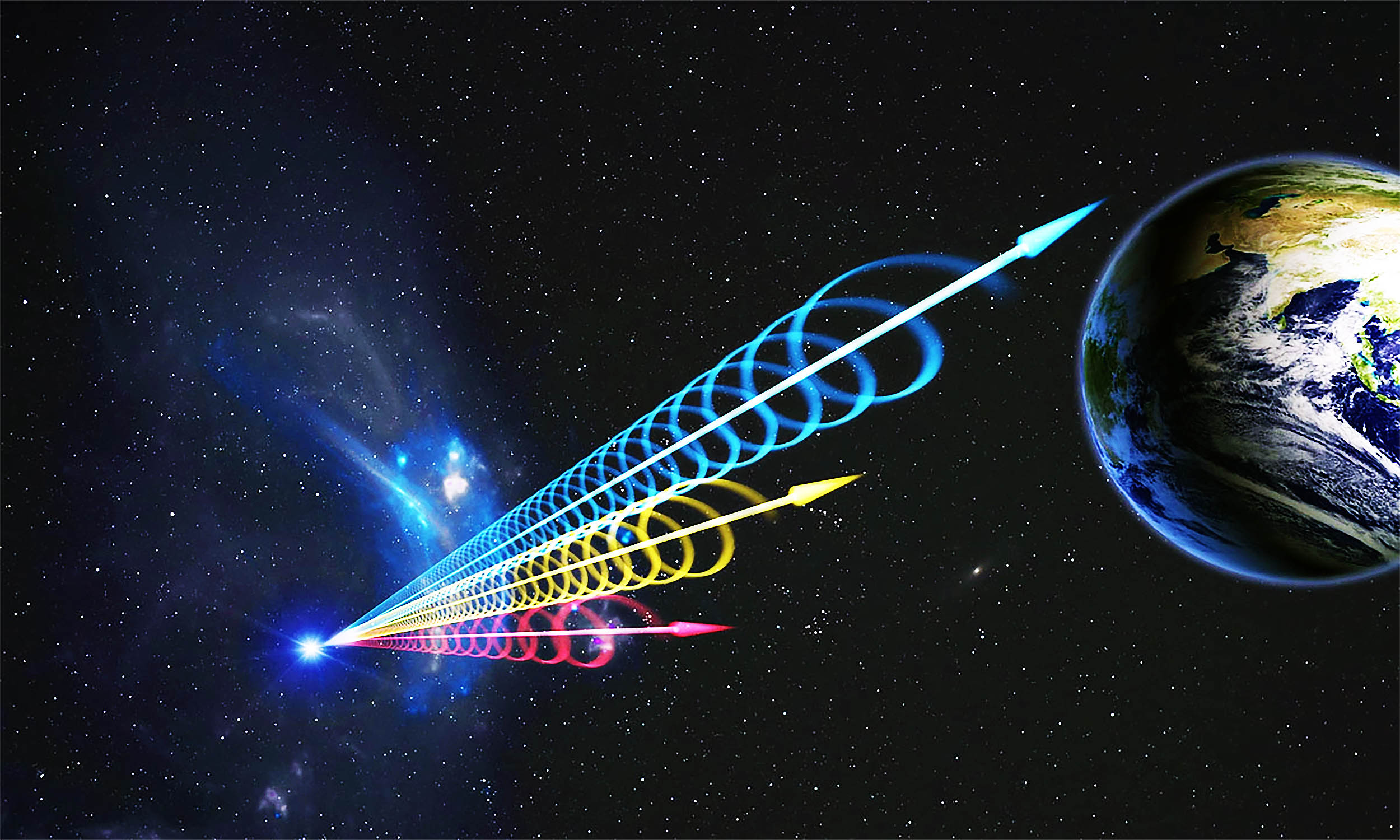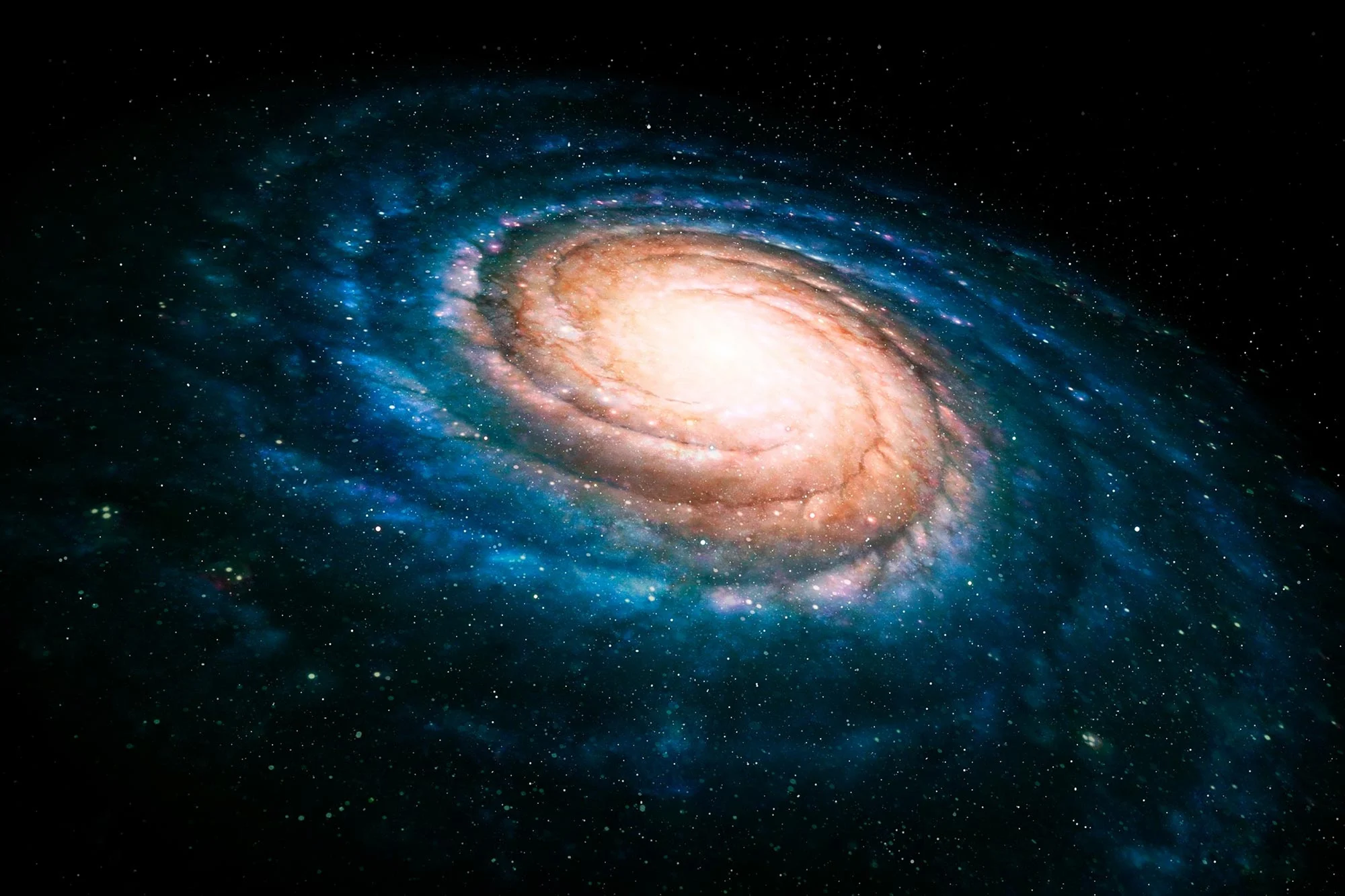Dark Stars Could Explain Dark Matter and Fast Radio Bursts, Challenging Our Understanding of Black Holes
Key takeaways
- Black holes might be “dark stars” with dense Planck cores, not singularities.
- Dark stars lack an event horizon but appear black due to extreme redshifting.
- Planck cores could emit particles, possibly explaining dark matter.
- Dark matter might include undetectable, highly redshifted photons.
- Fast radio bursts could result from objects falling into Planck cores.
____________
A theory suggests that black holes, rather than being empty voids in space, might actually be “dark stars” filled with incredibly dense and exotic matter. This concept could provide new insights into two of the universe’s greatest mysteries: the nature of black holes and the elusive dark matter.
Black holes, as understood through Albert Einstein’s general theory of relativity, are regions in space where matter is so compact that it warps space-time, creating a gravitational pull so intense that even light cannot escape. The center of a black hole is believed to contain a singularity, an infinitely small and dense point where gravity becomes infinitely strong. This singularity is surrounded by an event horizon, a boundary beyond which light and matter cannot escape.
However, the idea of singularities presents a problem. At these extreme points, the laws of physics break down, and quantum mechanics (which governs tiny particles) conflicts with general relativity (which explains massive objects). To resolve this, scientists hope to develop a unified theory of quantum gravity, but the singularity’s infinite nature makes it a challenging obstacle. Moreover, many physicists doubt whether matter can truly collapse into an infinitely small point.

The Concept of Dark Stars
To address the challenges posed by singularities, physicists propose an alternative: dark stars. These objects appear similar to black holes from the outside but are fundamentally different internally. Rather than having a singularity at their center, dark stars possess a highly dense core called a “Planck core,” named after the Planck length—a measurement about 10^-35 meters, which is vastly smaller than a proton.
This concept was highlighted by physicist Igor Nikitin from Germany’s Fraunhofer Institute for Scientific Algorithms and Computing in a paper published on the preprint server arXiv. Nikitin explains that without a singularity, dark stars might not have the classic event horizon of a black hole. Instead, they would create a deep gravitational well that stretches light as it attempts to escape. This phenomenon, known as redshift, makes the dark star appear black to external observers, much like a traditional black hole.
Nikitin’s theory also suggests that dark stars could be a potential source of dark matter. Dark matter, which constitutes about 85% of the universe’s mass, was first detected when astronomers observed that stars orbited galaxies at much higher speeds than expected, based on visible matter alone. Despite its prevalence, the exact nature of dark matter remains unknown.
Potential Explanations for Dark Matter and Fast Radio Bursts
According to Nikitin, if black holes actually contain Planck cores, they might be continuously emitting particles in the form of dark matter. This could potentially explain why stars orbit galaxies so quickly. Additionally, he suggests that dark matter might consist of known particles, like photons, which are redshifted to wavelengths too long to be detected by existing radio telescopes. These photons could have wavelengths as long as 4 light days—equivalent to about 16 times the distance from the Sun to Pluto. While their energy would be minimal, their abundance might account for the strange rotational speeds of stars within galaxies.
Nikitin also proposes a novel explanation for fast radio bursts (FRBs), mysterious and powerful radio signals first discovered in 2007. He suggests that if a solid object, such as an asteroid, fell into a Planck core, it could generate a burst of high-energy light. As the light escapes the intense gravity of the dark star, it would be redshifted into a frequency observable as an FRB from Earth.





Black holes differ from the conventional notion of holes. They represent areas in space-time where gravity is so intense that nothing, including light, can escape. The inner workings of a black hole remain perpetually mysterious to us, which is why it’s metaphorically referred to as a ‘hole’.
People actually think they are holes? I always thought of them as dense spheres. The “black hole” part was just the gravity is so strong light can’t escape. By doing so, it becomes a metaphorical “hole” for light.
Of course they’re not. They call them black because they are thought to reflect no light but nobody really knows what color they are because nobody’s ever seen one. They are called “holes” only because of the way they appear on a graphic gravity chart, not because of what they are. They are the coldest, densest, heaviest objects ever observed. A hole has no mass or weight so they cannot be holes.
If they “had” a colour, and we were only accounting for light in the visible spectrum (visible to us), we would say they were white, since they absorb all light (all frequencies of it). But it doesn’t make any sense to say that black holes “have a colour”, since only something that reflects light has what we call colour.
Well, they’ve never been holes. They were stars, so now they are spheres of extremely dense matter that have intense gravity wells. They look like holes because our perspective doesn’t show they’re three dimensional nature.
[…] Read more […]